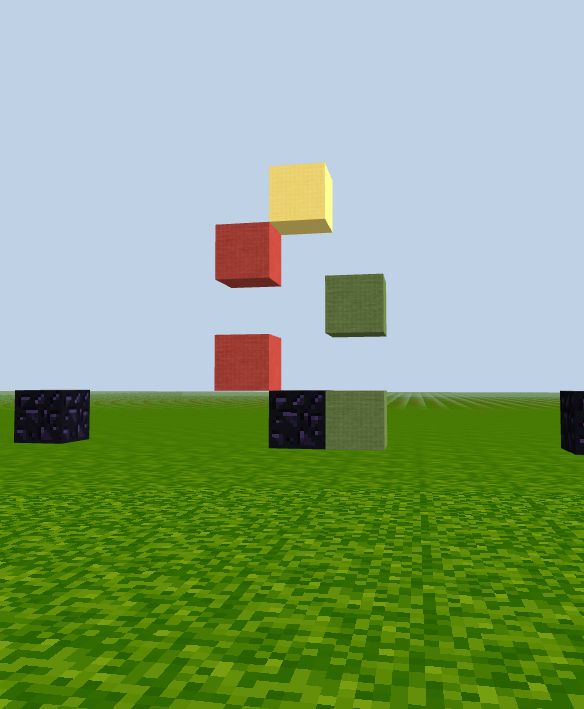If/ else Statements
Decisions are implemented in Python with if statements. Based on the evaluation of conditions, if statements let you change the flow of control in a (Python or Java) program. Almost all nontrivial(what does it mean? Keep going anyway.) programs use one or more if-statements, so they are important to understand.
The syntax
if (condition is) True:
do this # if clause
elif (condition is) True: # (optional)
do that # elif clause
else: # (optional)
do something else # else clause
The elif and else parts are optional.
simple if statement
n=3
if n > 1:
print(n)
The console result: 3
Adding an else
Sometimes adding an else statement is completely optional, but if you include the else, you have to put a block of code under it.
n=3
if n > 10:
print ('n is larger than 10')
else:
print ('n is smaller than 10')
Console result:
n is smaller than 10
Then change n=3 to be n=12, run again:
n is larger than 10
Testing many things with elif
An if/elif-statement is a generalized if-statement with more than one conditions.
age = int( input('Enter your age:') )
if age > 12:
print('It will be hard to get you laugh.')
elif age>5 and age<=12:
print('What did o said to 8?')
print('Hi, guys!')
else:
print('You are too young for my jokes.')
Run the program, the console shows a message:
Enter your age:
Type in 8
Console results:
What did o said to 8?
Hi, guys!
Next run again and enter 15:
Enter your age: 15
It will be hard to get you laugh.
Try if statements in CodeCraft
We can test some Boolean in CodeCraft world. Show True/False results with green block(66) at the right side or red block(73) at the left side.
# line1 (y=1)
if True:
block(1,1,-20, 66)
else:
block(-1,1,-20, 73)
# line2 (y=2), call block(x,y,z,m)
if 2>3:
block(1,2,-20, 66)
else:
block(-1,2,-20, 73)
# line3
if 'cat' != 'dog':
block(1, 3, -20, 66)
else:
block(-1, 3, -20, 73)
# line 4
if (4==2*2 and 2==3):
block(1, 4, -20, 66)
else:
block(-1, 4, -20, 73)
# line 5 (add yellow for the second condition)
if 2>3:
block(1, 5, -20, 66)
elif (5**2) >= 25:
block(0, 5, -20, 76)
else:
block(-1, 5, -20, 73)
 The results are direct to see:
Green --> True
Red --> False
The top middle yellow block means for the last
The results are direct to see:
Green --> True
Red --> False
The top middle yellow block means for the last if, the second condition is True